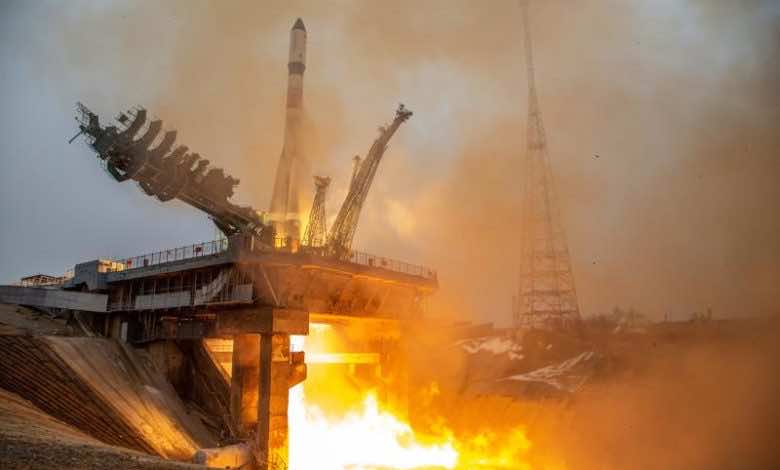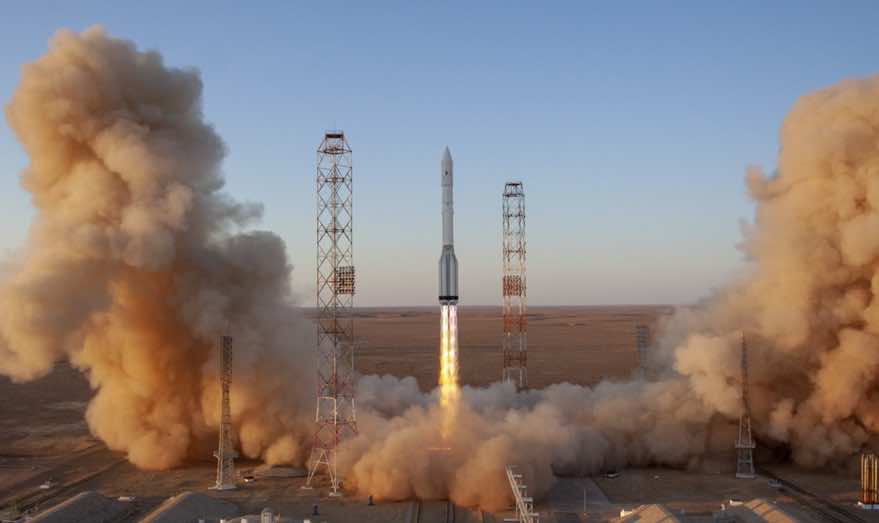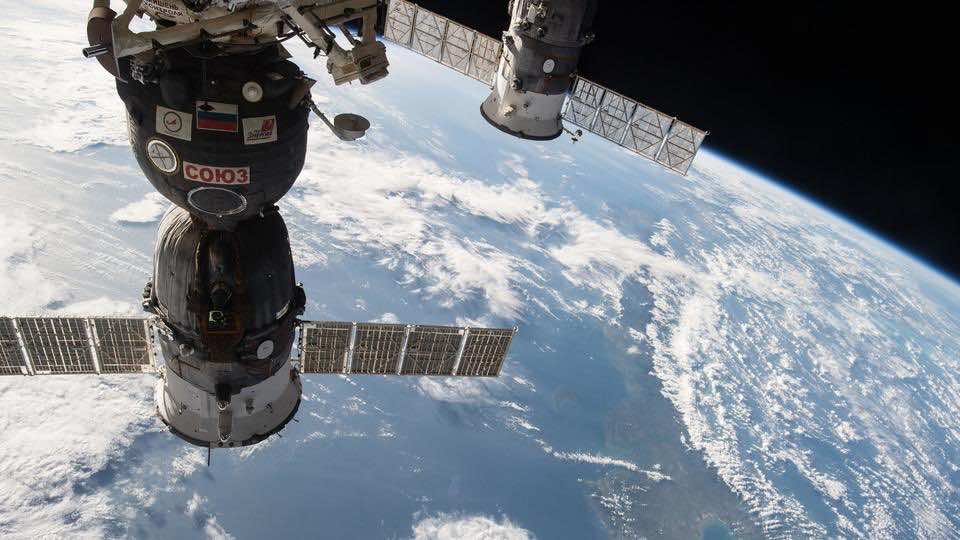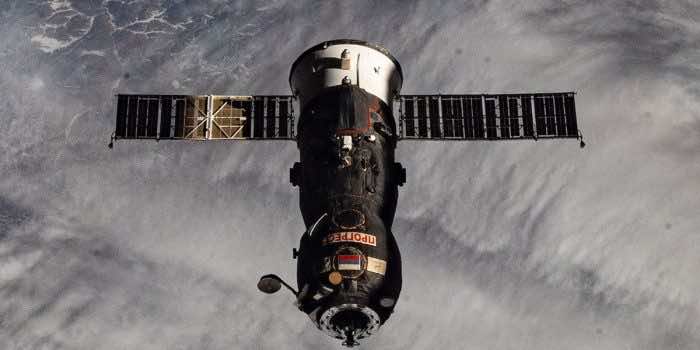Wrapping up nearly 20 years of service as a docking port and airlock, Russia’s ISS module “Pirs” used as a docking port for spacecraft and as a door for cosmonauts to go on spacewalks departed the International Space Station Monday and headed for a destructive re-entry in Earth’s atmosphere. It burned up in the atmosphere, with “non-combustible structural elements” falling into the Pacific Ocean, according to a NASA blog post and a tweet from the Russian space agency, Roscosmos.
Russia’s Progress MS-16 cargo vehicle undocked from the space station at 6:55 a.m. Monday as the outpost soared 260 miles (418 kilometres) over northern China. The Progress 77 mission touched the station in February, transporting cargo and supplies to the Expedition 65 crew of the orbital station. The Pirs module launched to the space station on Sept.14, 2001, and worked for 20 years. The Pirs left to clear space for the incoming Nauka module, also called the Multipurpose Laboratory Module (MLM), which was lifted into orbit last Wednesday.

Pirs was initially scheduled on Friday, July 23, but got delayed due to some serious glitches in the Nauka mission after it launched from the Baikonur Cosmodrome in Kazakhstan on July 21. First, the Nauka faced issues completing its first orbit-raising burn, which was later repaired by a backup thruster. In addition, something is upsetting about the docking target, which could interrupt attempts to dock with the ISS on Thursday, July 29.
Last week officials confirmed that Nauka could make it to the ISS, and Roscosmos cosmonauts Oleg Novitskiy and Pyotr Dubrov were all set to go. The transfer hatches between the Russian segment of the ISS and Pirs were closed. The Pirs measure to be 16 ft (4.9 m) long and 8.4 ft (2.6 m) wide, weighing 8,461 lbs (3,838 kg). In addition, Pirs docking station was also a functional science lab and a final airlock for spacewalk ventures.

After the module and spacecraft were separated, they were shifted to a safe distance at thrusters around 10:00 AM EDT. The craft burned up in the atmosphere, and the remaining structure fell into “a non-navigable area of the Pacific Ocean,” Roscosmos said.
Once the Earth-facing port on the Russian segment is ready to catch up with the incoming Nauka, there will be additional space for cargo, equipment, and science experiments. Also, the incoming module will provide a new robotic arm that will tune the Russian region of the ISS.

Roscosmos Director Dmitry Rogozin threatened to withdraw from the ISS by 2025. During a Russian Parliament hearing, he announced that if U.S. sanctions against Russia are not dropped, he will revoke the agreement.
“If the sanctions against Progress and TsNIIMash remain and are not lifted in the near future, the issue of Russia’s withdrawal from the ISS will be the responsibility of the American partners,” warned Rogozin during the hearing, according to an NBC translation.
“Either we work together, in which case the sanctions are lifted immediately, or we will not work together, and we will deploy our own station.” With Progress gone, and a new module on its way, it seems there’s still time for relations to mend.


